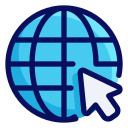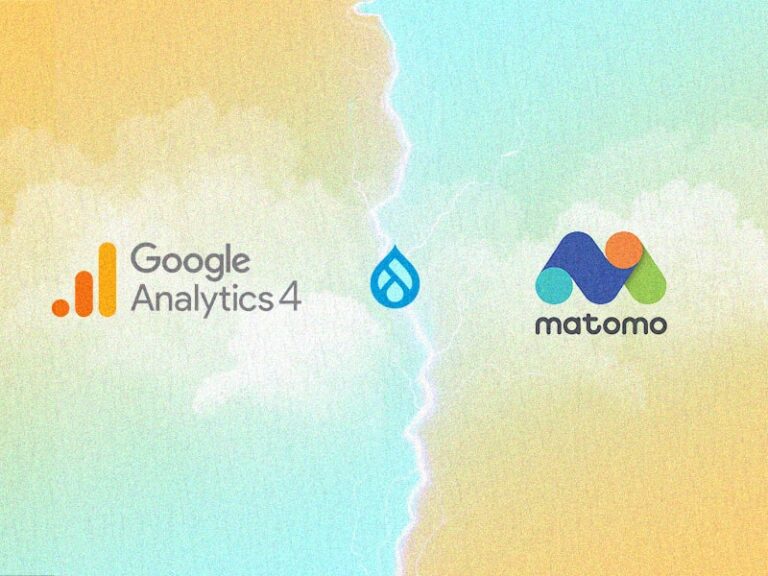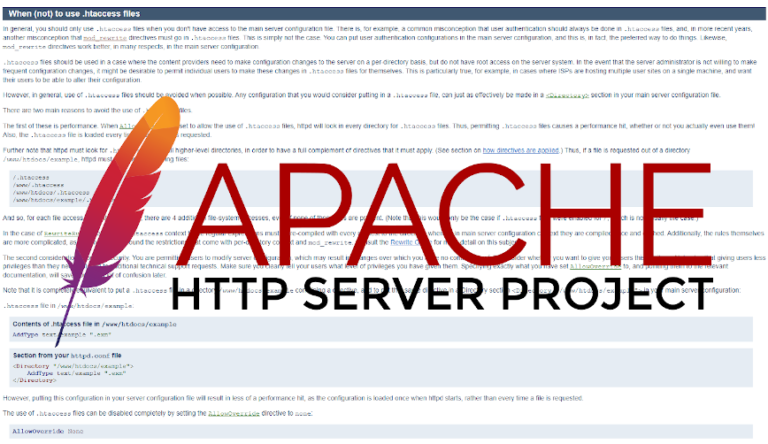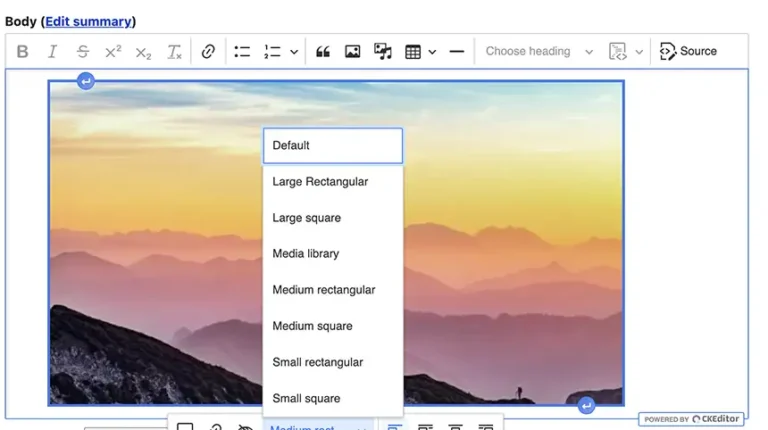A few weeks ago, I had the opportunity to attend a small trade show, which got me thinking (again) about how AI is shaping the future of work. I wanted to share a quick guide on how we can leverage AI to stay ahead in this rapidly changing landscape.
First, it’s important to remember is that AI isn’t here to take your job, it’s here to take over the tasks that hold you back! The repetitive, time-consuming tasks that eat up most of your day, whether it’s sorting through emails, entering data or scheduling meetings. Those are just a fraction of the tasks AI can do faster and more accurately.
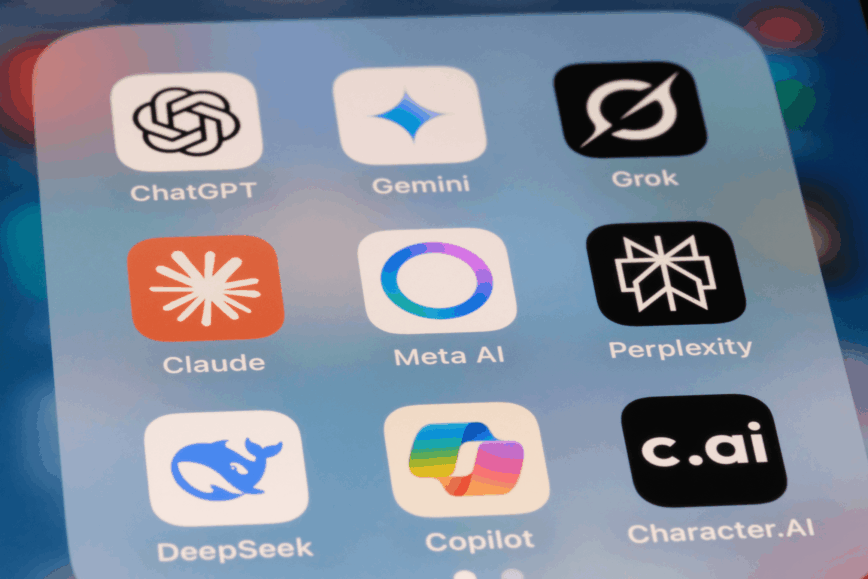
By offloading those boring tasks to AI you free up your time to focus on higher level, more impactful work that really leverages your creativity, strategic thinking and expertise. In this way, AI isn’t replacing the value you bring to the table, it’s enabling you to do more of what you do best: solve problems, innovate and drive real progress.
The truth is, if we treat AI as a threat, we’ll miss out on the very tools that could make us irreplaceable. In this article, I’ll show you how to use AI to stay sharp, adapt faster, and increase your value, especially when the rules of work keep evolving. The AI tools and chatbots listed below are ones I use regularly, often daily.
Now here’s how to use AI to your advantage without having to dive deep into programming or get lost in the data.
In This Article
1. AI for Repetitive Tasks: Free Up Your Time
AI shines when it comes to repetitive, structured tasks. Let it handle the grunt work so you can spend more time doing what humans are actually good at: solving real problems, thinking critically, and being creative.
Use AI to:
- Draft responses or summarize reports in seconds
- Schedule meetings and auto-respond to common emails
- Analyze customer data so you can focus on the insights, not the spreadsheets
That’s not cutting corners; it’s maximizing your potential. Especially when you use the time saved to focus on even more productivity.
Example Gemini prompt when uploading a document:
Summarize the key points from this document in 100 words or less.
2. Get Familiar With Multiple AI Tools
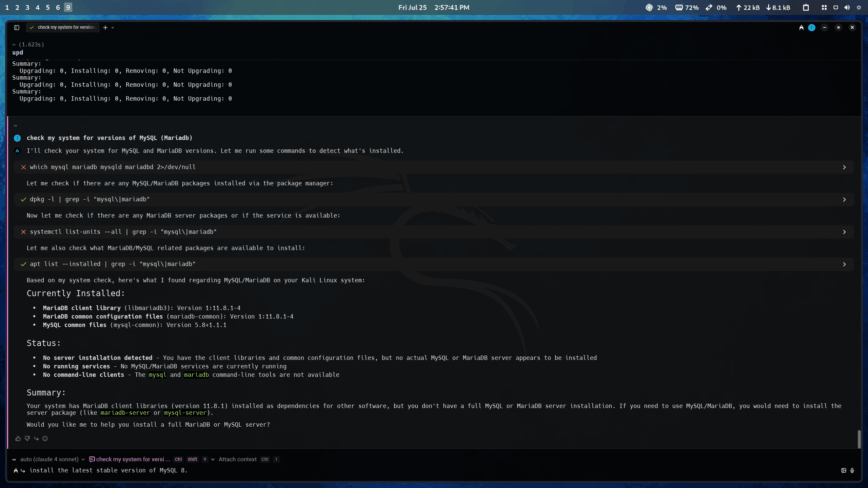
Start with tools already built into your daily workflow like Google Workspace, Microsoft 365, Notion, Canva, and Slack. Most of them now have some AI baked in. Learn how they work. Figure out how to save time or boost quality.
Then build on that:
The more fluent you are with many of these, the more useful you’ll be when the next big change rolls through your department.
Example Warp prompt:
List all files modified in the last 7 days in the current directory.
3. Don’t Compete With AI, Work With It
Remember, AI isn’t here to take your job, it’s here to take your old job! People who use AI to extend their thinking are the ones moving ahead. Think of it like working with a really fast research assistant who never sleeps.
Collaborating with AI lets you:
- Write better, faster, and more completely.
- Brainstorm more ideas in less time
- Test and learn without waiting on someone else’s bandwidth
AI cannot function without your inputs. When using AI, make it a point to amplify yourself and what makes you special.
Example ChatGPT prompt:
Help me brainstorm 10 blog post ideas that I haven't written about much.
4. Leverage AI Tools for Career Growth
Many workplaces are already using AI behind the scenes for performance reviews, training suggestions, and skills tracking.
Find career growth tools for:
- Personalized learning paths (Coursera, Udemy, etc.)
- Tracking your skills and achievements
- Finding gaps you can close before your manager points them out
Example Claude prompt:
Generate a personalized learning path to improve my Linux server management skills.
5. Keep an Eye on Where AI Is Headed in Your Industry
Jobs don’t vanish overnight, they shift. If you’re watching closely, you’ll see the wave before it hits. Some roles will shrink. Others will morph. New ones will pop up entirely.
Stay ahead by:
- Read AI and industry-specific articles regularly to identify trends.
- Subscribing to solid industry newsletters
- Joining niche forums, Slack and Discord groups where peers discuss real-world changes
- Volunteering for cross-team projects that involve AI
- Follow thought leaders in your field and look at how their companies are integrating AI
Example Perplexity AI prompt:
Search for emerging roles in the AI space within cybersecurity for the next five years.
AI for Mental Well-Being
Does all this rapid change feel a bit overwhelming? Whether it’s smart calendars that stop you from overbooking yourself or burnout-detection tools quietly watching your workload, AI has the potential to reduce stress, not add to it.
You can use AI-powered journaling apps, mood check-ins, or mental health bots if that’s your thing. Some companies already offer this as part of employee wellness.
Conclusion: Adapt, Don’t Panic
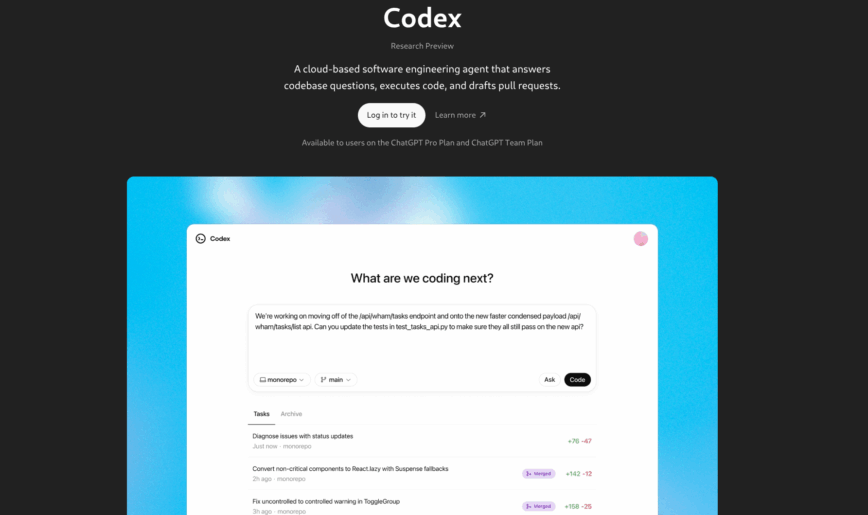
ChatGPT Codex – for generating and understanding code in various languages.
The safest jobs won’t be the ones that AI can’t touch. They’ll be the ones where people leaned into change and used AI to amplify their impact. If you’ve ever automated a task in Linux, scripted a backup, or used a dashboard to monitor your servers, you’re already thinking in the right direction.
Be curious, adaptable, and constantly looking for ways to leverage AI so that it sets you apart. AI is just the latest tool. Make it your sidekick, not your replacement!
Want to learn more about how AI is transforming the workplace? Take a look at my full article: AI in the Workplace: 16 Ways to Stay Ahead in 2025 & Beyond!
